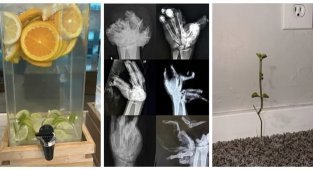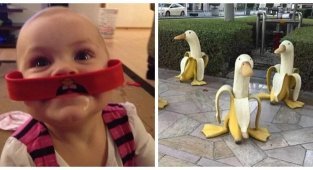10 familiar products and interesting facts from the history of their creation (11 photos)
Did you know that cotton candy was invented by a dentist, and salt was once a currency? Some food products that many people have in their homes today have extremely interesting stories of origin and facts from the history of creation. Let's take a look at these examples! 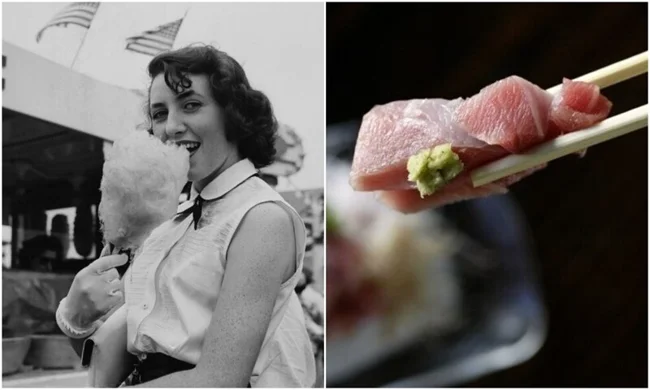
PEZ candies 
The famous PEZ lozenges in colorful containers once became a boom. But previously these sweets were produced as an alternative to smoking. The name PEZ comes from the German word for peppermint, “PfeffErminZ”. The sweets were originally produced in tin cans. It wasn't until 1949 that Oskar Uxa patented a new dispenser idea.
Tea bags 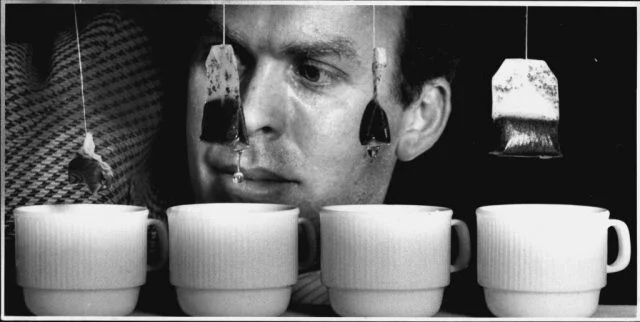
Tea bags were invented by accident. New York tea merchant Thomas Sullivan once wanted to send samples of a new tea to his clients, so he placed loose tea in silk bags. According to his idea, the tea had to be taken out of the bags and brewed in a teapot, but the clients did not do this - they put it all in the teapot. Thus was born a new way of brewing tea.
Pineapples 
Now you can easily buy whole pineapples or canned pieces in the supermarket. But a couple of hundred years ago, pineapples were considered a luxury. Gardeners throughout Europe tried to build greenhouses to replicate the natural growing conditions for pineapples. King Charles II of England himself even commissioned a portrait of himself in the garden with his gardener John Rose, in which he gives him a pineapple grown in Berkshire. English aristocrats often rented pineapples to use as a decoration for dinner parties. They showed off the pineapple as a show of status.
Fortune Cookies 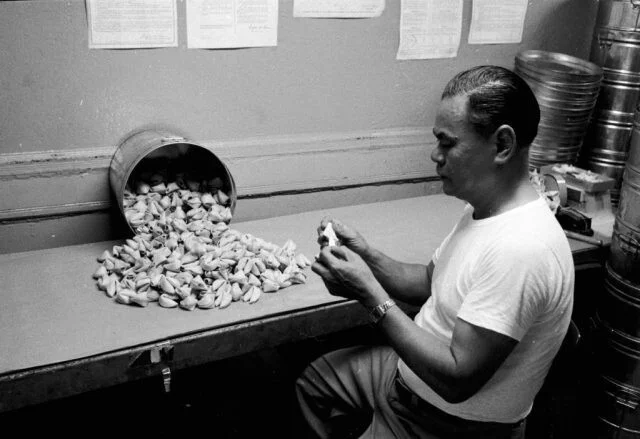
Fortune cookies are considered a Chinese tradition, but the history of fortune cookies actually originates in America and Japan. Jennifer Lee, author of “The Fortune Cookie Chronicles: Adventures in the World of Chinese Cuisine,” discovered that the “inventor” of the cookie came to the United States with Japanese immigrants between the 1880s and 1900s. They opened Japanese bakeries and introduced fortune cookies to the world.
Salt 
Salt was once used as currency throughout the world. In ancient Greece, enslaved people were sold in exchange for salt. In addition, the bags of salt that were given to Roman soldiers were known as “salarium argentum” and were equivalent to “salaries”.
Beer Carlsberg 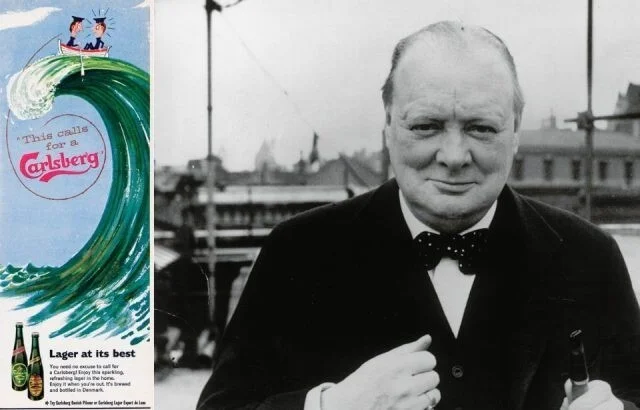
A special Carlsberg lager was created especially for Winston Churchill. Thus, the brewery decided to pay respect to the British Prime Minister when he visited Copenhagen in 1950. The company added a cognac flavor to the drink to reflect Churchill's love of brandy.
Nutella chocolate spread 
Few people know that Nutella was a wartime innovation. During World War II, there was a cocoa shortage, and producers decided to mix small amounts of cocoa with milk and hazelnuts. The result is a hearty pasta for the whole family.
Breakfast cereal 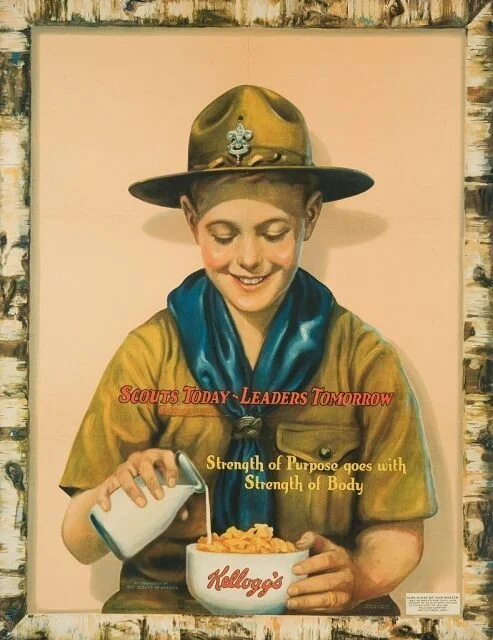
Funnily enough, one of the first breakfast cereals was invented in an attempt to stop masturbation. Dr. Will Kellogg and his brother John worked at the Battle Creek Sanitarium in the 1890s. The brothers experimented with creating healthy products without stimulants (such as alcohol, tobacco or caffeine), and one of their goals was to reduce the habit of masturbation among the population. In an attempt to make an easily digestible form of bread, they limited themselves to corn flakes. This is how the famous Kelloggs cereal was born.
Cotton candy 
Cotton candy appeared thanks to a dentist. Its inventor, dentist William Morrison, along with confectioner John C. Wharton, developed a machine that produced Fairy Floss. Before this, few could afford to buy sugar because its production was expensive. But Wharton and Morrison's invention, which they presented at the 1904 World's Fair, was a huge success. They sold 68,655 boxes of cotton candy.
Wasabi 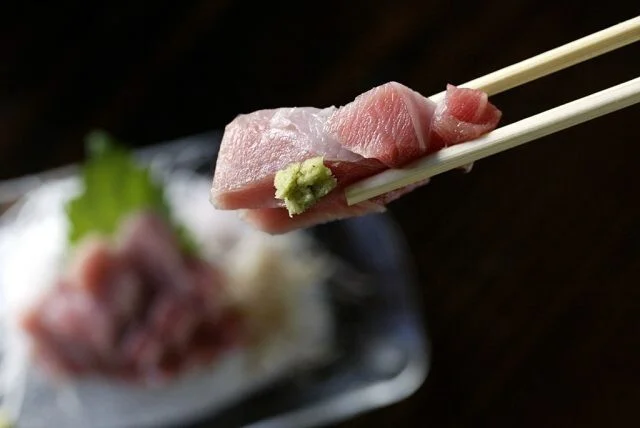
Wasabi has long been a common addition to sushi. But it has one interesting ingredient. The wasabi plant contains an antimicrobial agent known as 6-methylsulfinylhexyl isothiocyanate. It kills bacteria such as E. coli and Staphylococcus aureus, making sushi safe to eat.



